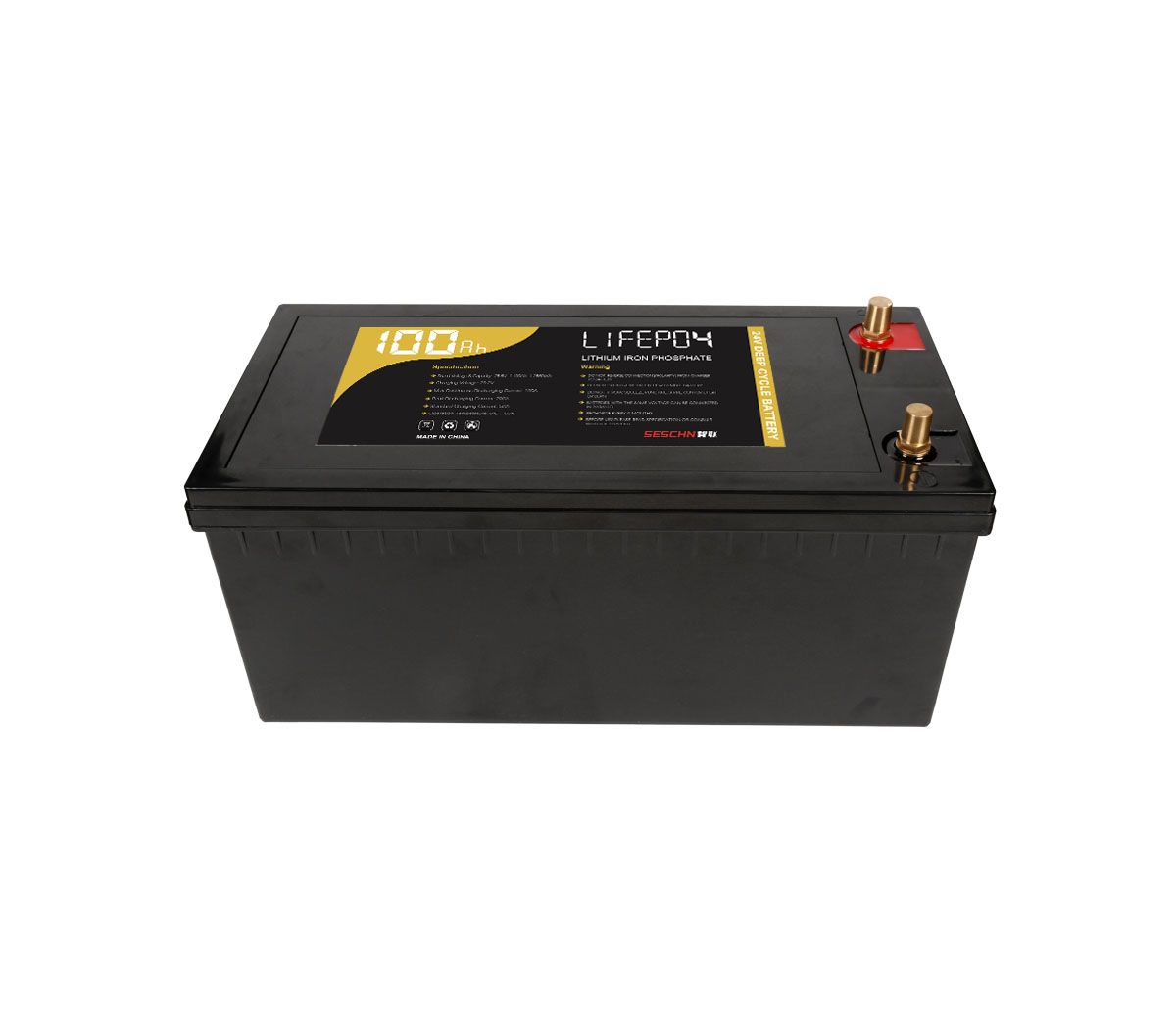
Today, in North America, Japan, and Europe, fuel cell power generation is
rapidly entering the stage of industrial-scale application with a momentum of
catching up. It will become the fourth generation of power generation after
thermal power, hydropower, and nuclear power in the 21st century. The rapid
development of fuel cell technology abroad must arouse our sufficient attention.
Now it is a subject that the energy and power industries have to face
squarely.
Fuel cell is a power generation device that directly converts the chemical
energy of fuel and oxidant into electrical energy through an electrochemical
reaction. It is mainly composed of positive electrode, negative electrode,
electrolyte and auxiliary equipment.
Developed countries regard the development of large-scale fuel cells as
their key research projects, and the business community has also invested
heavily in the research and development of fuel cell technology. Many important
results have been achieved, making fuel cells about to replace traditional
generators and internal combustion engines. And it is widely used in power
generation and automobiles.
The problem of industrial production of key fuel cell materials and
catalysts has been overcome by a joint R&D team of Tsinghua University’s
Hydrogen Fuel Cell Laboratory and a technology company in Wuhan. At present, the
catalyst has obtained 17 patents, the production capacity reaches 1,200 grams
per day, and the price is only half of the imported products.
As the core material of fuel cell, catalyst, its comprehensive performance
and localization are directly related to the core competitiveness of my
country's fuel cell technology and its industrialization prospects. However,
relevant intellectual property rights have always been in the hands of a few
developed countries in the West, and the long-term high-cost status of catalyst
core materials relying on imports has restricted the independent development of
my country's hydrogen energy industry.
According to the "China Fuel Cell Industry Market Outlook and Investment
Strategic Planning Analysis Report" data from the Prospective Industry Research
Institute, fuel cells are mainly divided into six types, of which PAFC, DMFC,
and PEMFC use platinum-based metal catalysts.
In 2015, Tsinghua University and Wuhan Himalaya Optoelectronics Technology
Co., Ltd. carried out in-depth school-enterprise cooperation, jointly using the
catalyst preparation process of Tsinghua University to carry out the mass
production technology of Pt/C catalysts. At present, the catalyst capacity has
reached a scale of 1,200 g/day, which can meet the use of 40 36kW fuel cell
stacks, and has the conditions for large-scale industrial production. This
series of achievements has completely broken the long-term monopoly of the
technology in a few countries, and the price is only half of similar imported
products.
Catalyst series products have been used in the fuel cell stacks of
academies, universities and many fuel cell companies. By the end of this year,
up to 1,000 hydrogen fuel cells can be produced using this catalyst.
Wang Cheng, the leader of the research team and the director of the
Hydrogen Fuel Cell Laboratory of Tsinghua University, said that the team will
continue to improve the indicators of catalysts and improve the tolerance to
impurities such as sulfides and nitrides, thereby contributing to the continuous
localization of fuel cells in China. Inject strong momentum.
Most of the problems of industrialization and commercialization can be
attributed to cost, and fuel cells are no exception. In the past 10 years, the
cost control of fuel cells has been one of the most important goals of research
institutions and the industry.
The fuel cell is a part of clean energy. Since its reaction process is a
pollution-free water reaction, no pollutants are generated during the reaction
process. The main pollutants come from fuel, and there may be pollution such as
nitrogen oxides. Compared with the air pollution of ordinary thermal power
generation and the heavy metal pollution of traditional batteries, the pollution
degree of fuel cells to the environment is far reduced.
The high efficiency, pollution-free, short construction period, easy
maintenance and low cost potential of fuel cells will detonate the green
revolution of new energy and environmental protection in the 21st century.
Nowadays, in North America, Japan and Europe, fuel cell power generation is
rapidly entering the stage of industrial scale application with a momentum of
catching up. It will become the fourth generation of power generation after
thermal power, hydropower, and nuclear power in the 21st century. The rapid
development of fuel cell technology abroad must arouse our sufficient attention.
Now it is a subject that the energy and power industries have to face
squarely.



































